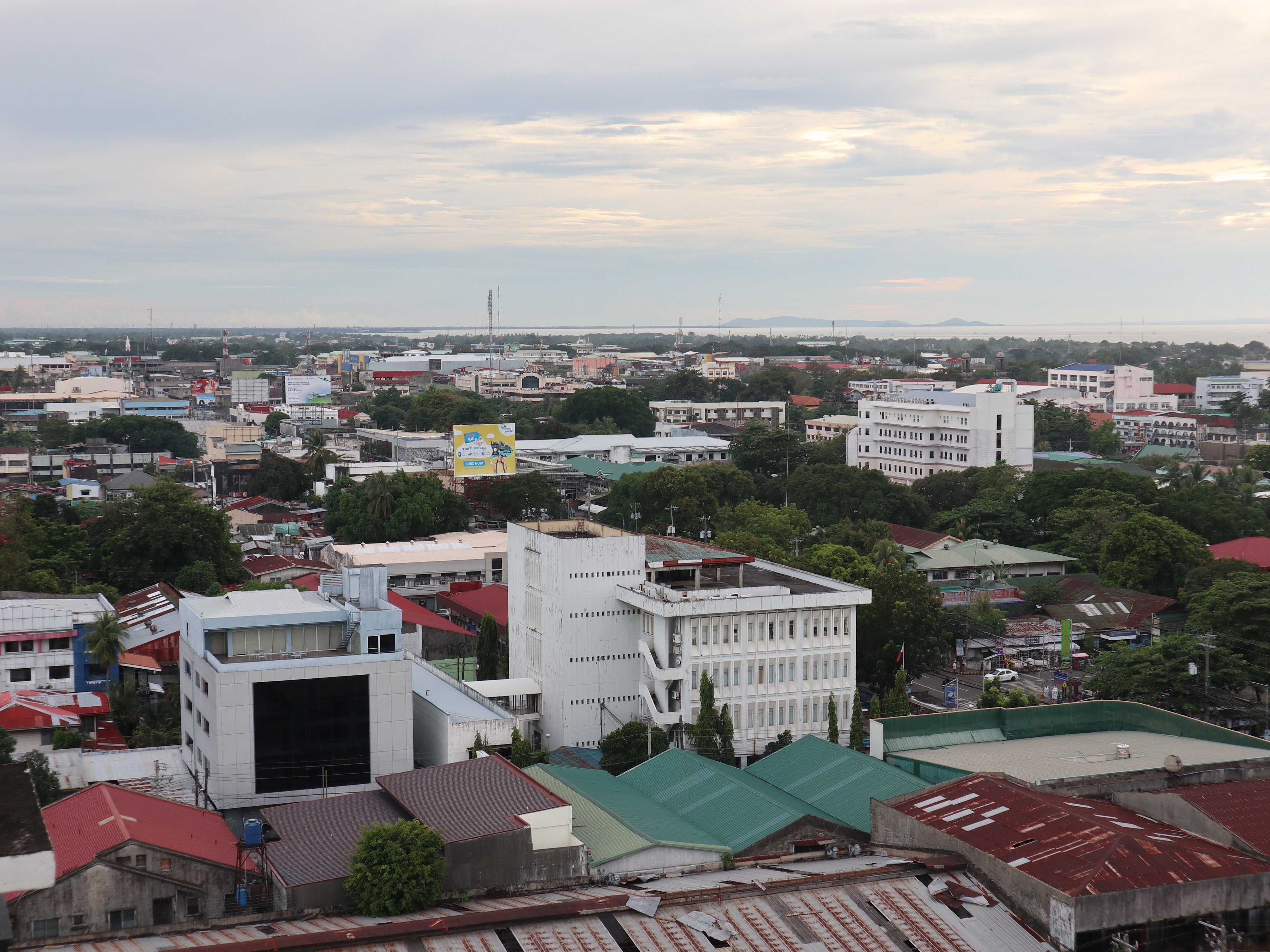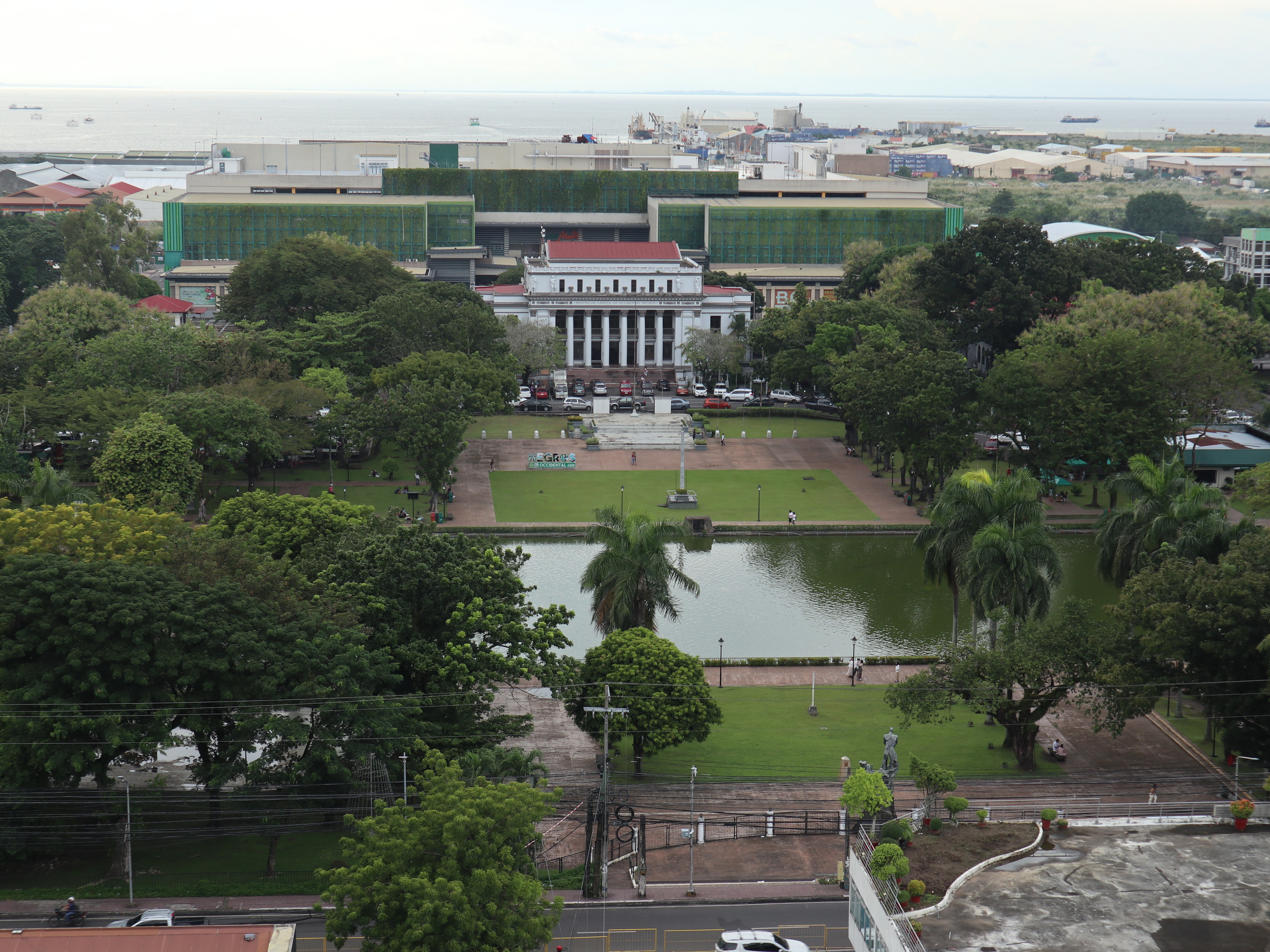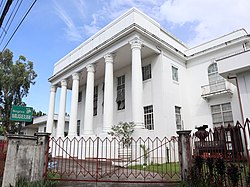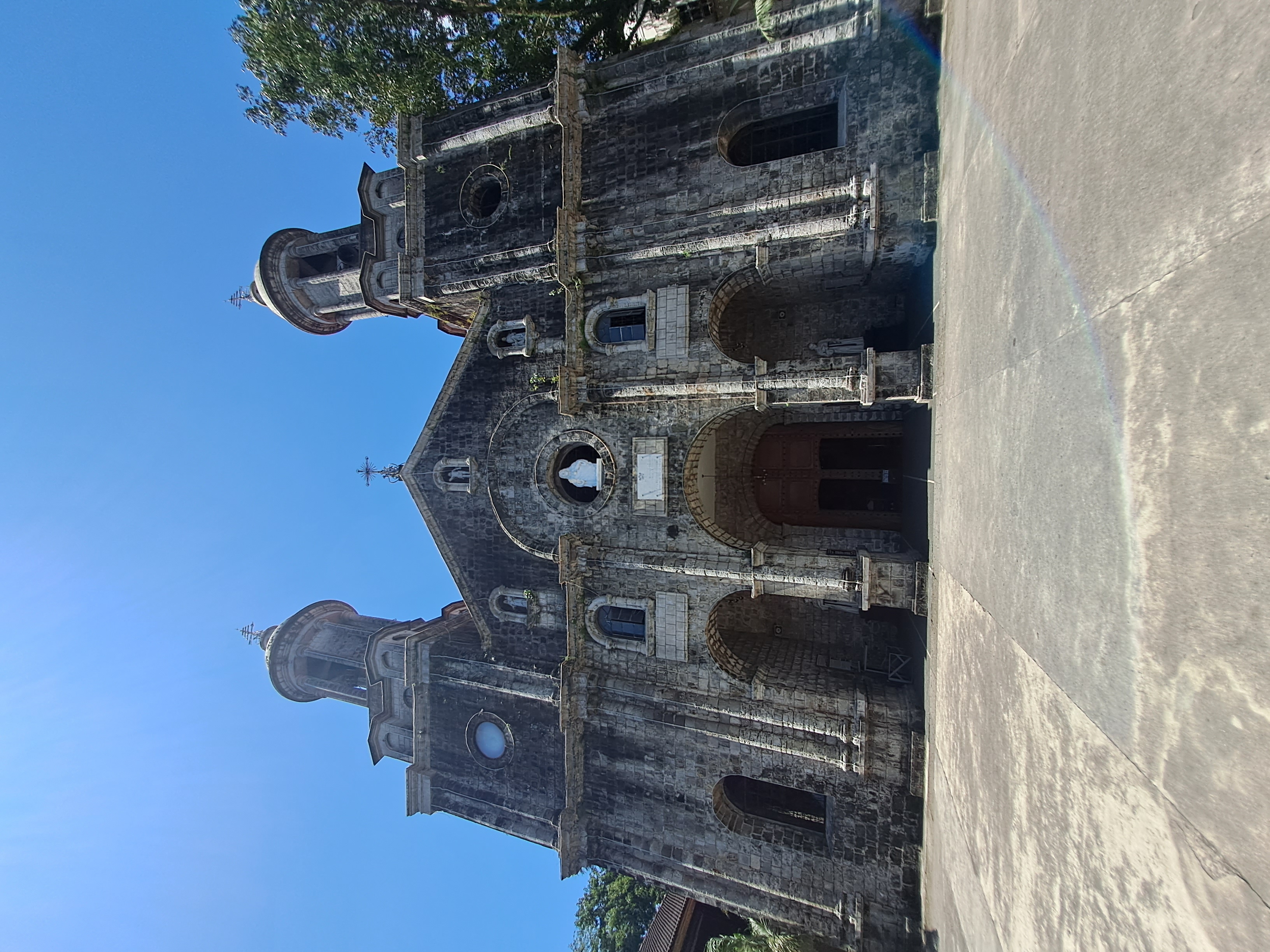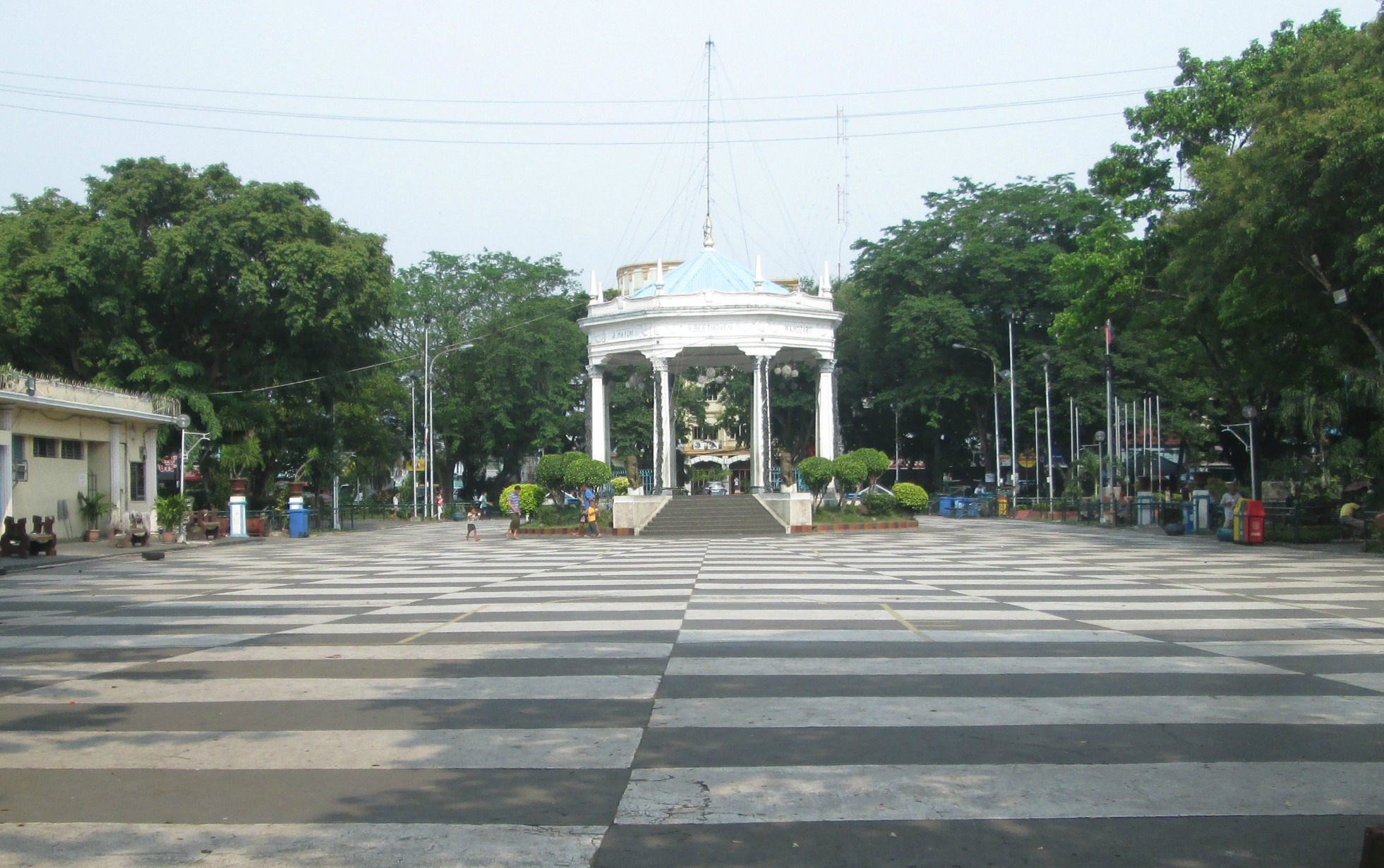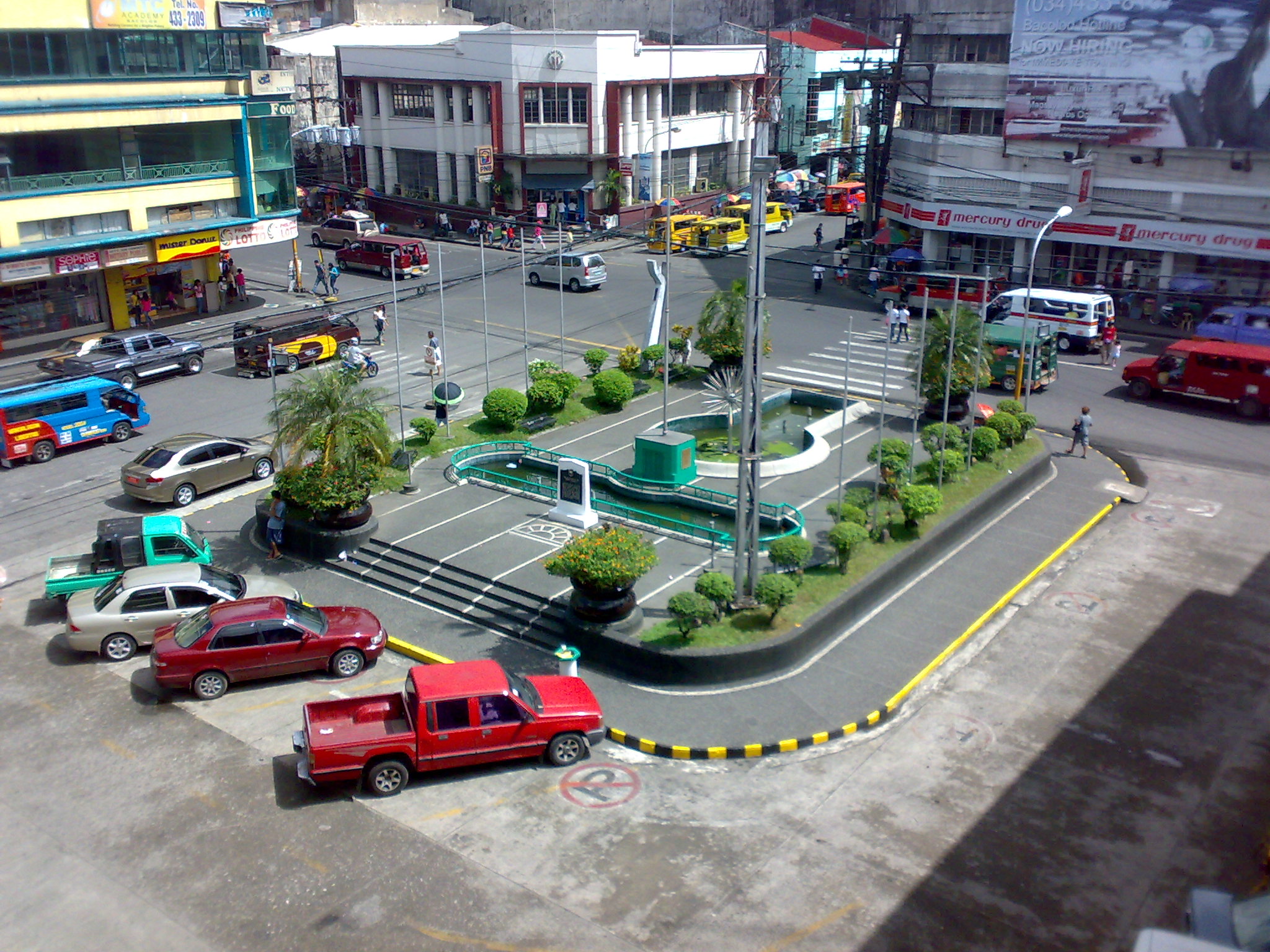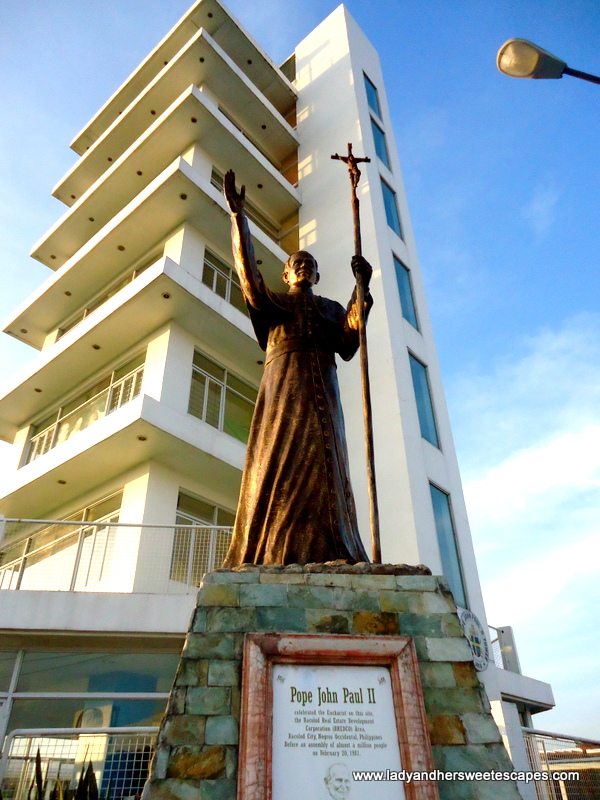Welcome to Bacolod City in Negros Occidental, and welcome to Anthro on Foot's walking tour! This is a
self-paced walking tour that features key heritage sites and cultural highlights in the area. We hope
you
enjoy this tour
as much as we enjoyed curating it!
Bacolod City has a precolonial history that is deeply rooted in the rich cultural tapestry of the
indigenous people
who inhabited the area.
Bacolod and its surrounding areas have always been home to the Negrense people. These indigenous
communities
engaged in agriculture, fishing, and trade. The fertile soil in the region made it suitable for
cultivation, and the
Negrense people cultivated crops such as rice, sugarcane, and various root crops.
The Visayan islands, including Negros where Bacolod is situated, had established trade networks
with
neighboring regions. The Visayans were known seafarers, and their boats, often called balangays,
facilitated trade
with other communities in the archipelago. This precolonial trade contributed to the exchange of
goods, cultural
practices, and ideas.
The Negrense societies were organized into small communities or barangays, each led by a local
ruler or datu.
These leaders held authority and were responsible for maintaining order, settling disputes, and
guiding their
communities. The social structure of these barangays was characterized by a hierarchical system,
with the datu at
the top, followed by nobles, freeborn individuals, and slaves..
Now known as the Sugar Bowl of the Philippines, Bacolod stands as one of the most progressive and
affluent
cities in the nation.
The name of present-day Bacolod originated from the Ilonggo word bakolod, signifying Stonehill.
This refers to
the settlement's founding in 1770 by the Spanish colonial power in a Stonehill area, presently known
as the
Granada district and the former site of the Bacolod Murcia Milling Company.
